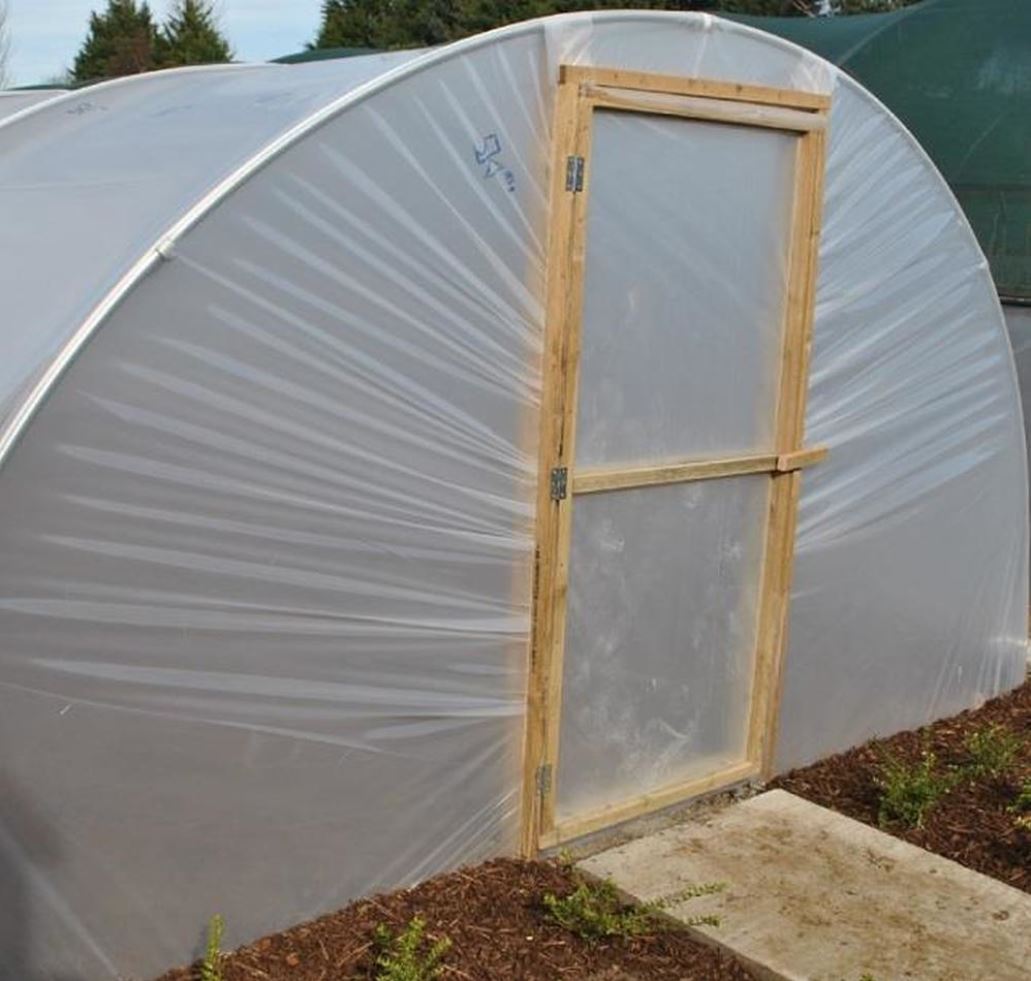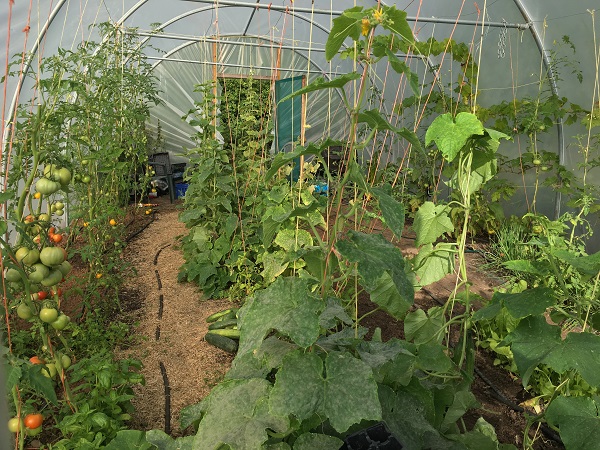Best polytunnel for allotments
16th Mar 2021
Polytunnels are perfect for allotments. They are easy to erect, robust, and not only provide the perfect climate for growing crops but also double as storage sheds for tools and equipment. And the shelter a polytunnel provides means you can always keep busy even during poor weather.
Of course, polytunnels come in many different sizes. And, it has to be said, the quality of manufacture does vary widely. You do need to make the right choice but if you do so the tunnel you buy will last for many years and will be a fantastic addition to your plot.
So, what is the best polytunnel for allotments?
Getting the right size
The general advice when buying a polytunnel, whether it be for the allotment, a small holding or home garden, is to get the largest you can. However, there are a couple of caveats to that.
The first is planning permission. It’s highly unlikely you will need planning permission for a polytunnel unless your allotment is in a protected area. But it’s always worth checking. Your site manager or local council will be able to give further advice.
The second thing to consider when planning the size of your polytunnel is whether there are any restrictions attached to your site. Some allotment sites have a maximum size they allow for polytunnels, greenhouses and sheds. Again, the manager will be able to advise on this.

Apart from those considerations the advice to go as big as possible remains. Though saying that there is little point in buying a 14’ wide tunnel if your plot is only 12’ wide. Do measure carefully remembering to leave space for access to the side and rear of the polytunnel.
Our 10x12’ straight sided polytunnel is very popular when space is restricted with the 10x18’ also an excellent choice if you have a little more room.
What will you use your polytunnel for?
I know that sounds like a daft question. But the best polytunnel for allotments is one that will do all the jobs you ask of it. On the face of it you’ll just be using your polytunnel to grow your crops. The size and type of tunnel you buy will depend on the amount of planting you want to do or how many beds you want to include.
But you can also use the polytunnel as a work area and to store tools. It can also take on the role of a traditional potting shed but with more space and at a lower cost. When thinking about the size of polytunnel you need don’t forget to factor in additional storage and working space.
A communal tunnel?
Depending on the regulations on your site it may be possible to share a polytunnel with fellow allotment holders. A shared tunnel would allow you to split costs and invest in a larger structure.
The downside is difficulty with access and you will probably end up with a smaller growing area than if you had your own polytunnel. Sharing certainly isn’t for everyone but could be a solution for a group of allotment owners who enjoy gardening with fellow enthusiasts.
The best polytunnel for allotments?
For most allotment holders 10 feet wide structures are best. They are available in lengths of up to 48 feet so are perfect for any size of plot. You can see our full range of 10’ tunnels here.
Whichever size polytunnel you decide upon don’t compromise on quality. All our tunnels are manufactured in our Norfolk workshops using high-tensile steel. They are commercial grade polytunnels at consumer prices and used by professional growers and allotment holders around the country. And of course, we use our own polytunnels on our five-acre nursery.
Buy direct from the manufacturers and save pounds.

